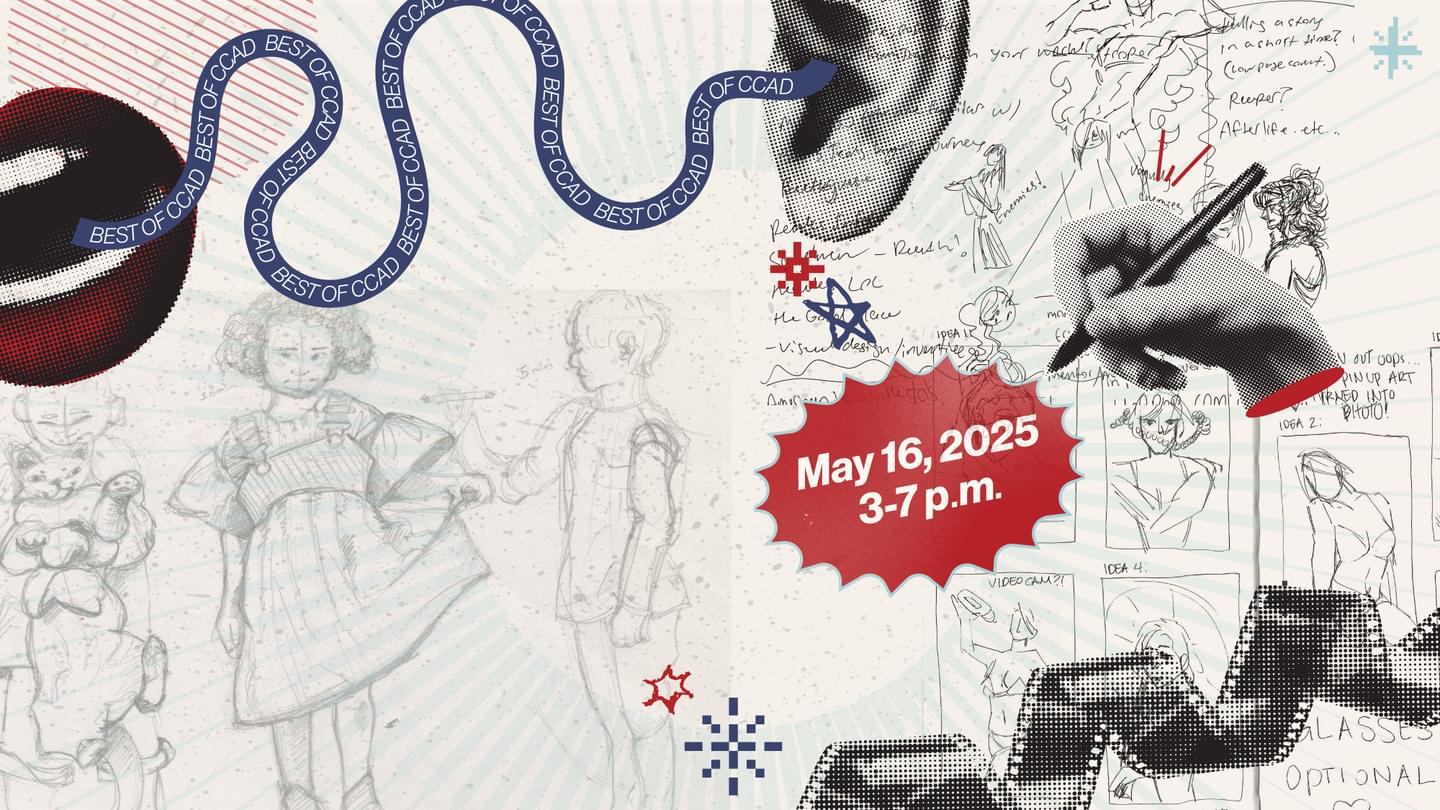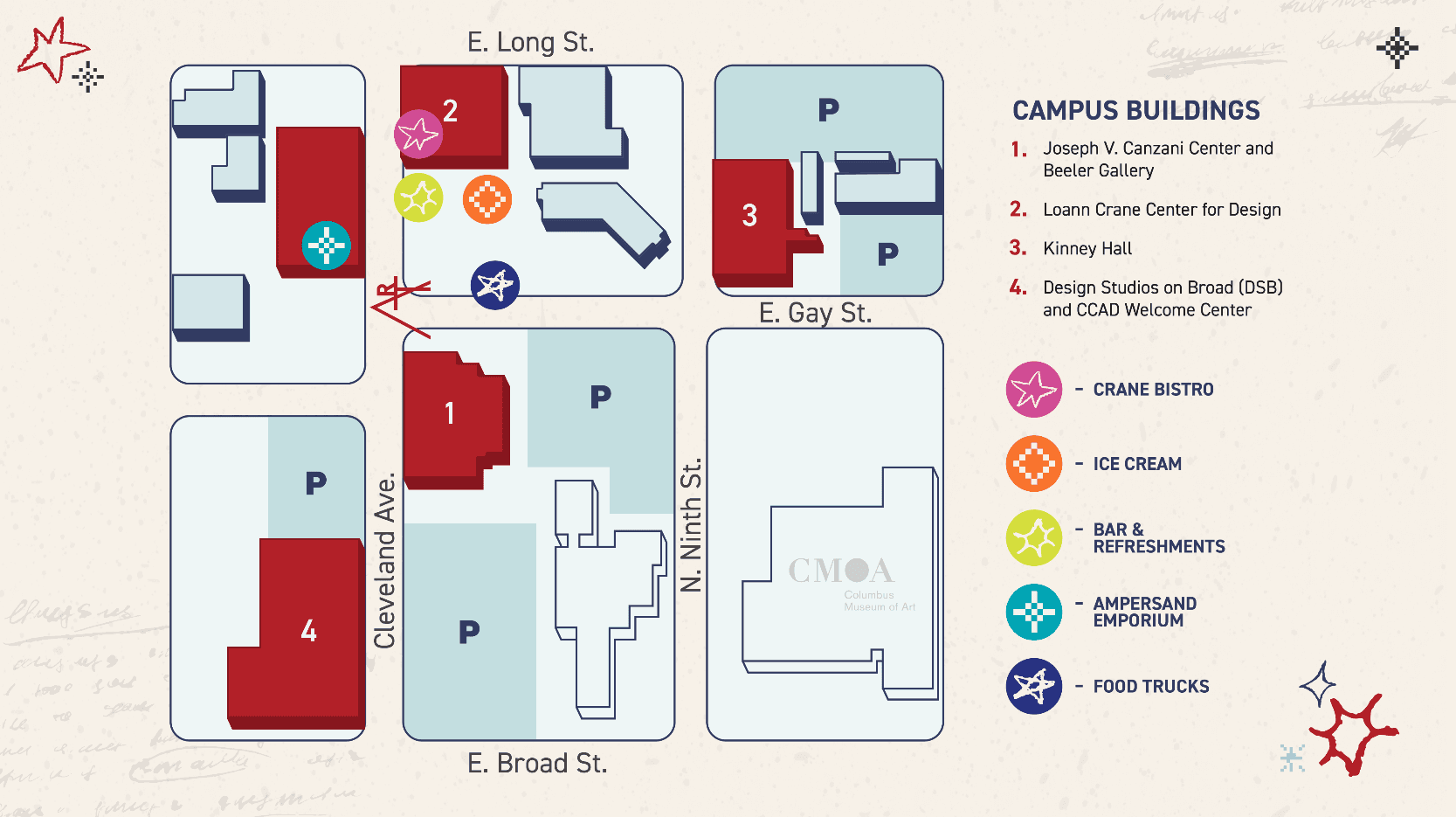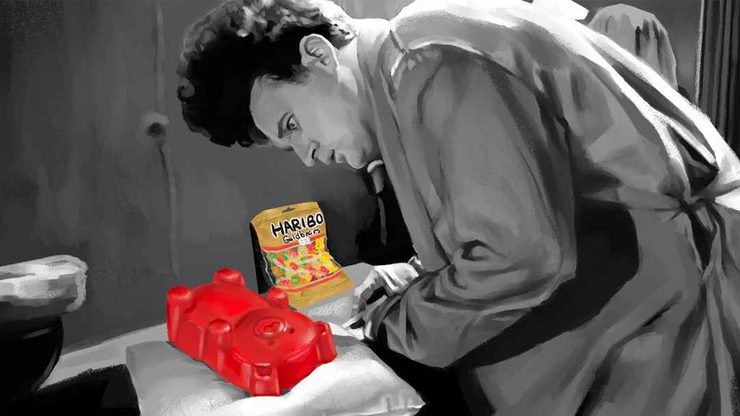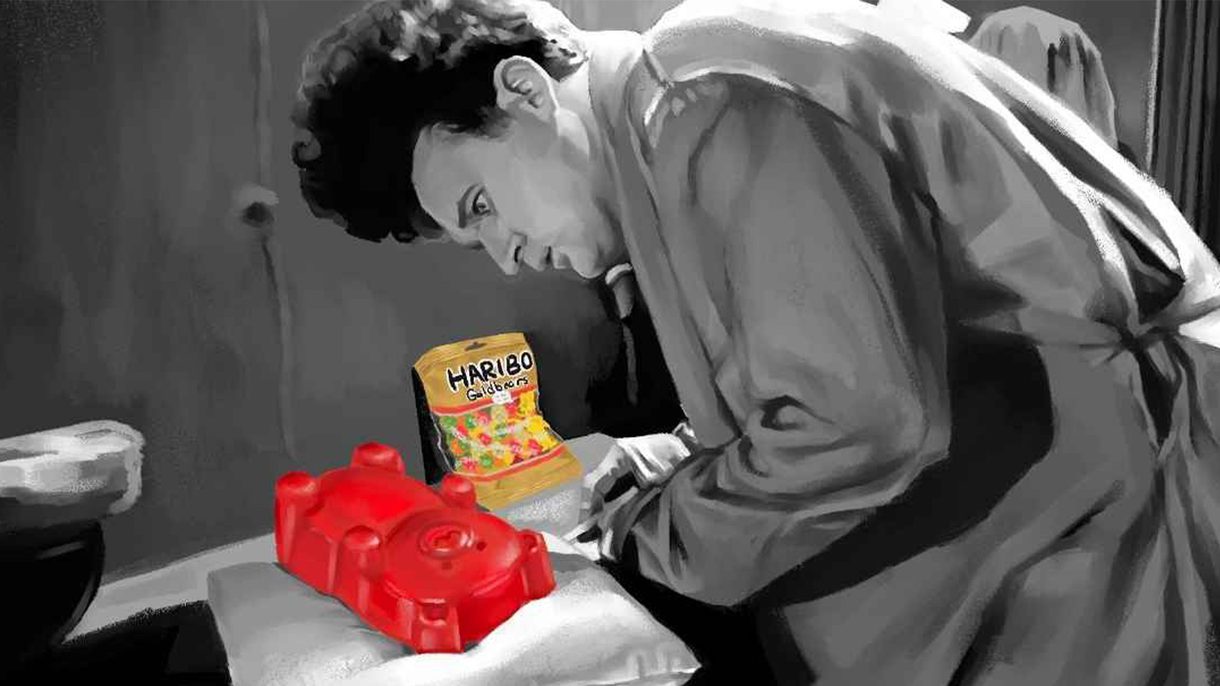Chroma

Friday, May 16, 3–7 p.m.
CCAD campus, 60 Cleveland Ave, Columbus, OH
Join Columbus College of Art & Design for 2025 Chroma: Best of CCAD, our annual campuswide exhibition showcasing outstanding student work from across the college’s academic programs. This faculty-juried show features select work from CCAD students of all class years, and is a can’t-miss end-of-year campus celebration recognizing their tremendous achievements.
It’ll be a night of fun and entertainment, with interactive games, animation and film screenings, art symposiums, poetry and prose readings, and more (along with some of the best local food trucks). Chroma is free and open to all.
Featured Events
History of Art & Visual Culture Symposium
3–4 p.m. | Canzani Center, Auditorium
Students will present on a range of art and design history topics and projects.
Red Wheelbarrow Reading & Botticelli Launch
4–5 p.m. | Canzani Center, Screening Room
Hear poetry and prose by CCAD students, including winners of this year’s Creative Writing Awards. Copies of the newest issues of the creative writing publication Botticelli will be available.
Animation Best of Student Films Screening
5–6 p.m. | Canzani Center, Auditorium
The Animation department will screen a 45-minute program showcasing selected animated short films.
Film & Video Best of Student Work Screening
6–7 p.m. | Canzani Center, Auditorium
The Film & Video department will showcase selected student works in the form of films and film posters.

"Experience the energy, creativity, and innovation of tomorrow’s leading artists and designers—don’t miss this exciting lineup of student work that celebrates bold voices and fresh perspectives."
Chroma Map

Exhibitions
View Art & Design Exhibitions by Academic Department
-

DSB, first floor, Cloyd Family Animation Center
-

Kinney Hall, main floor, lobby
-

DSB, second floor
-

Kinney Hall, top floor
-

Canzani Center, first floor, Atrium
Canzani Center, first floor, Beeler Gallery
DSB, first floor, Byers Gallery
DSB, second floor, DSB Gallery
Kinney Hall, lower level -

DSB, second floor
-

DSB, first floor, Welcome Center lobby and Room 115
-

Crane Center, third floor
-

Canzani Center, second floor, Acock Gallery, and Multipurpose Room
Kinney Hall, main floor, hallway and Illustration lab -

Crane Center, second floor
-

Canzani Center, first floor, Atrium
Canzani Center, first floor, Beeler Gallery
Kinney Hall, top floor, Beaton Gallery -

Crane Center, second floor
Chroma Worthy Student-Work

Untitled
Lydia Wichham

Mark Making
Katelyn Browett

Musician Promotion
Benji Decker

Untitled
Abigail Zaleski

Film Still Study
Olivia Liberti

Vector Animal in Habitat
Kylie Egger

Broken Face
Jeffery Cai

Lens Based Narrative
Nicholas Bungart
Untitled
Lydia Wichham
2026
Darkroom Photography, Cyanotype

Mark Making
Katelyn Browett
2028
Graphite

Musician Promotion
Benji Decker
2025
Digital

Untitled
Abigail Zaleski
2026
Mixed Media

Film Still Study
Olivia Liberti
2025
Digital Illustration

Vector Animal in Habitat
Kylie Egger
2027
Digital Illustration

Broken Face
Jeffery Cai
2026
Photograph

Lens Based Narrative
Nicholas Bungart
2025
Photography

